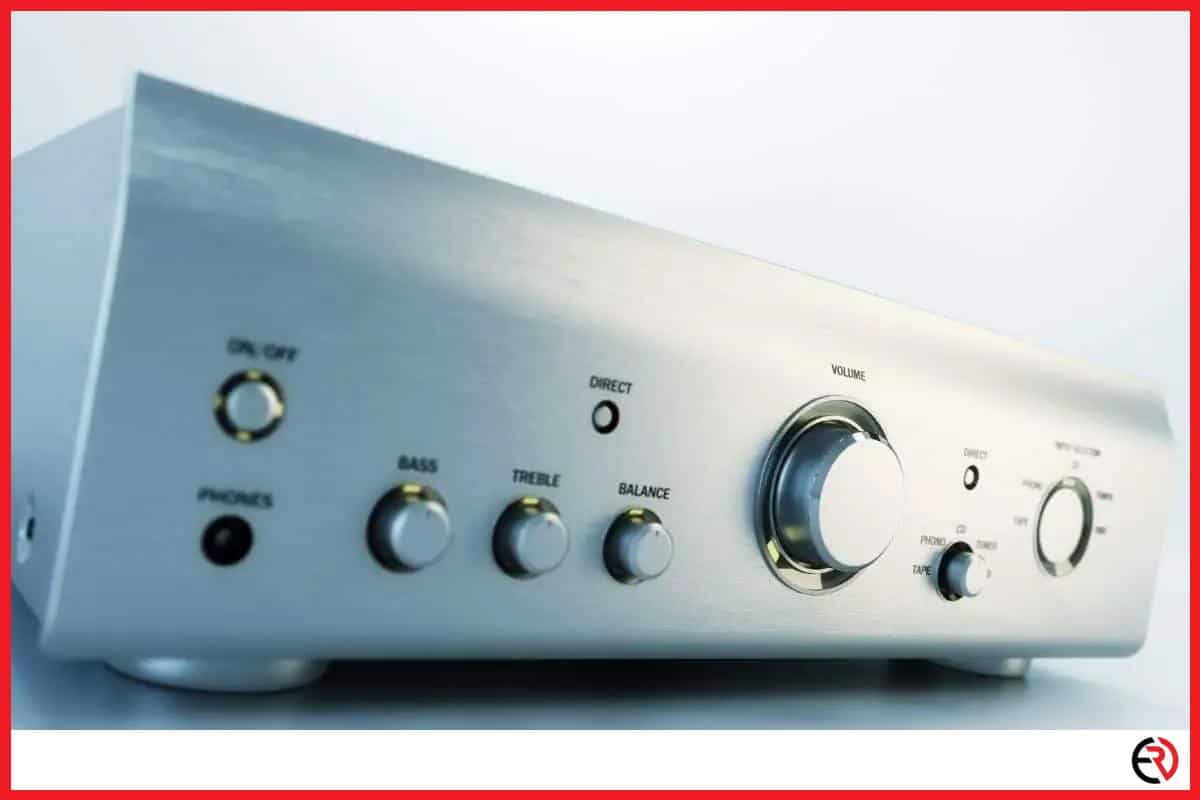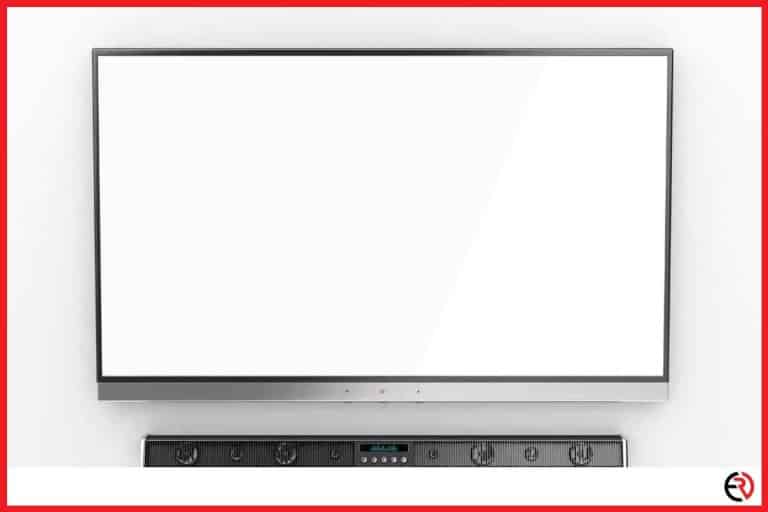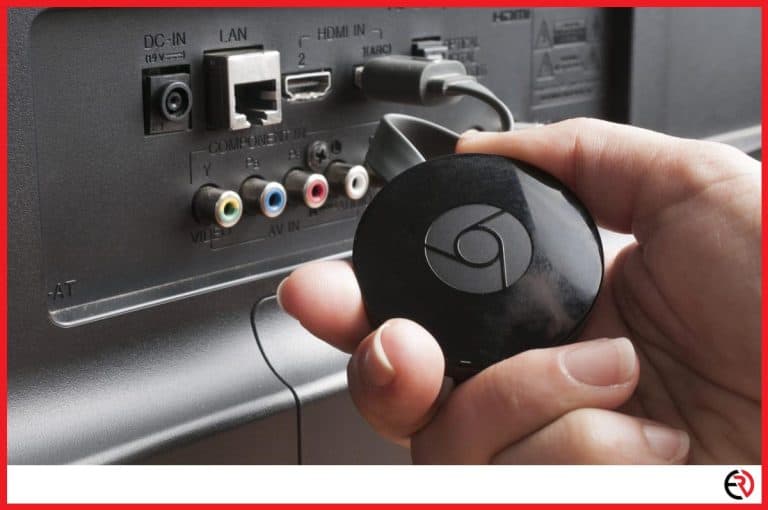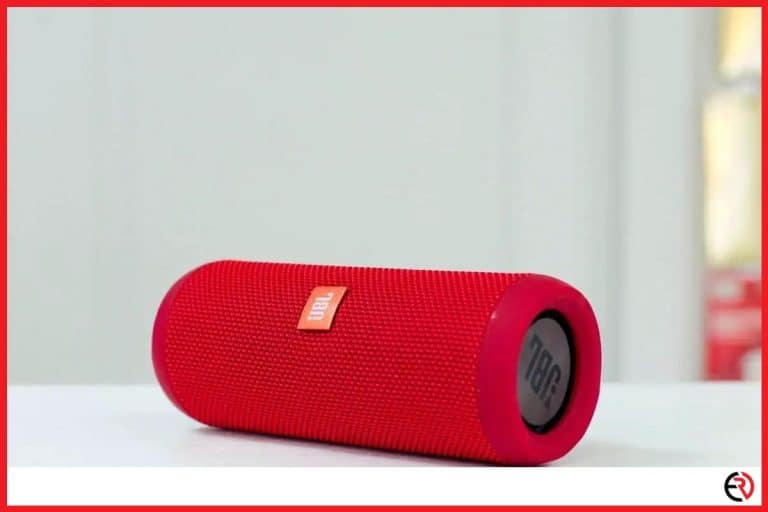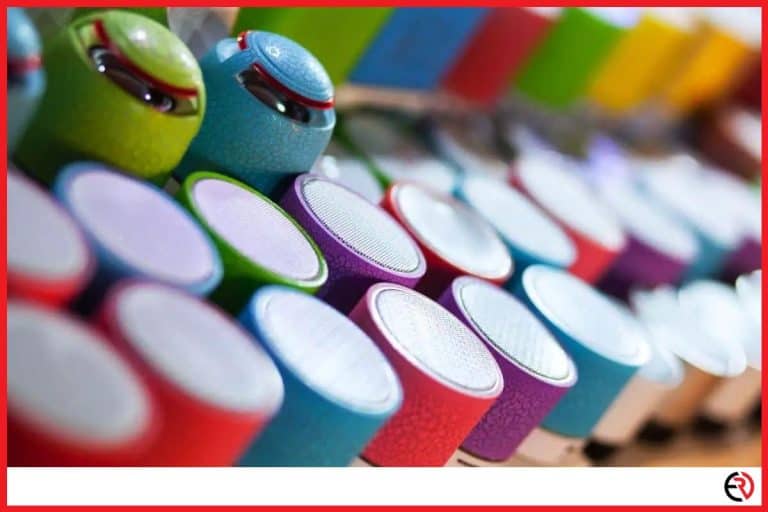Do You Need an Amp for Bookshelf Speakers?
This post may contain affiliate links which means that, if you choose to make a purchase, I may earn a small commission at no extra cost to you.
When I get my hands on a new pair of speakers I can’t wait to try them out. However, decent bookshelf speakers cost good money and I want them to sound the best they can. If you’re a newbie you’ll come across several online forums where they say that you need a powerful amp to get the most out of your bookshelf speakers. However, is that true?
Active bookshelf speakers already have a built-in amplifier inside them and you may not plug them into an external amplifier. However, if you have passive bookshelf speakers you’ll need an external amplifier to power the pair.
Let’s dive in deeper and figure out how you can hook up your bookshelf speakers to an amp.
Active vs Passive Bookshelf Speakers
There are two types of bookshelf speakers in the market – Active and Passive. As mentioned above, active speakers have a built-in amplifier that is power matched with the speaker’s drivers. All Bluetooth speakers and most mainstream bookshelf speakers are active speakers that draw power from an outlet or an in-built battery. Active speakers can be plugged into the wall and connected to an audio source like your phone or computer. Simple stuff.
However, passive speakers don’t have a built-in amplifier that can draw power directly from the wall. Instead, passive bookshelf speakers have wire clamps or binding posts at the back that need to be connected to a receiver or amplifier with the right wires.
If your bookshelf speaker comes with a power brick or a wire that plugs into the wall, you don’t need to be concerned about amps. However, if you have passive bookshelf speakers like the Polk Monitor XT15, continue reading to figure out what kind of amp you need and how you can hook everything up.
Amplifier Impedance
Passive Bookshelf speakers have electrical circuits and drivers that have a certain impedance and that impedance that needs to be matched with the amplifier’s output. This maximizes power transfer and allows the amp and speakers to work optimally. If you fail to match impedance, the speakers may not get enough power and produce lower volume or get overheated and get damaged along with the amplifier.
When I was a newbie and got on the audiophile forums to figure out how to hook up my speakers, all the impedance and power talk was very overwhelming. However, I promise it’s simpler than it sounds. First of all, you need to check your speaker’s nominal impedance. It’s measured in Ohms and you’ll find it written on the speaker’s manual. Typical values range from 4 Ohms to 16 Ohms.
Next, you need to check out the receiver or amplifier’s impedance and find out the minimum nominal impedance. If your speakers have a total impedance of 4 Ohms, you’ll need an amplifier with an output load rating of at least 4 Ohms.
Series vs Parallel Connections
When you’re connecting speakers to an amplifier you have two options. You can either connect them in parallel or in a series connection. Here you’ll need a little bit of math. For a series connection, it’s a simple addition. The impedance of individual speakers gets added up in the circuit. For instance, if you have three speakers of 4 Ohms, 8 Ohms, and 12 Ohms, the total impedance is 24 Ohms.
However, a parallel connection requires more complicated math on your part. While total impedance increases in a series connection, it gets reduced in a parallel connection. Let’s check out the formula:
Total Impedance = 1/((1/Speaker 1)+(1/Speaker 2)+(1/Speaker 3)+…).
You may want to bring out your calculator for this one.
For instance, if you have three speakers with two having an impedance of 4 Ohms and the other one having an impedance of 6 Ohms, the total impedance would be 1.5 Ohms. However, bookshelf speakers come in pairs and you have just two speakers with the same impedance in the connection. In this case, the calculation is very simple. You just need to divide the impedance of one speaker by 2.
Two 4 Ohm speakers in parallel have a total impedance of 4 Ohm/2 = 2 Ohm.
Two 8 Ohm speakers in parallel have a total impedance of 8 Ohm/2 = 4 Ohm and so on.
If it’s still a bit confusing, you can use this online speaker impedance calculator.
While connecting speakers in series you don’t need to be concerned too much since the total load impedance increases and lowers the power output of the amplifier. However, while connecting speakers in parallel, you need to be very careful since the lower total load impedance increases the power output of the amp.
Speaker Wires
After spending good money on an amplifier and a pair of Hi-Fi bookshelf speakers, you may be tempted to spend a lot of money on “superior quality audiophile cables”. However, these specialty cables are nothing but overpriced metal wires sold to gullible people. They cost a lot and promise superior sound quality.
However, their claims aren’t backed by any scientific evidence. Save your money and stick to basic cables or the cables that came with the speakers. Just make sure the cables are cut to the right length once your setup is finalized. This allows for better cable management and doesn’t allow the wires to add any significant resistance to the speaker’s impedance.
Amplifier’s Power Output
You’ll find your bookshelf speaker’s power rating at the back or on its spec sheet. Similarly, your amplifier would also have a maximum power output rating. It would be in Watts-per-channel(WPC). You’ll also need to consider your bookshelf speaker’s sensitivity. The unit would be in dB-SPL per W at 1M. For instance, if your speaker’s sensitivity is 98, it means that it can produce 98 dBSPL at a 1m distance with 1 watt of power.
Apart from the above-mentioned factors, you’ll need to decide on your distance from the speaker and the desired volume you want from them to figure out the right power output from the amplifier. To sum it up you need these metrics:
- Speaker Sensitivity in dBSPL @1W,1m
- Distance from the loudspeaker in feet or meters.
- Average continuous volume at your position(75 to 85 dB is usually enough)
Use the metrics of your setup in an online calculator and you’ll know how much power your amplifier needs to deliver to the speakers.
When I started out, I was surprised by how efficient bookshelf speakers are. Just around 10 to 20 watts can power typical dynamic driver bookshelf speakers in most listening spaces. That’s why a 50-watt amplifier is usually more than enough for powering a couple of bookshelf speakers. You don’t need to spend absurd amounts of cash unless you’re setting up powerful tower-shelf speakers, electrostatic speakers, or a home theater system.
Speaker Polarity
Speakers have two input terminals that are color-coded red or white or have a “+” or “-” symbol respectively. The red or “+” terminal of the speaker needs to be connected to the corresponding output terminal on the amp.
You need to match the positive and negative terminals properly for both the left and right speakers. Otherwise one of the channels would be out of phase with the other and many elements in the music will get canceled out. When I was starting out I committed this mistake too many times and it made my expensive speakers sound like crap.
Conclusion
Powering passive bookshelf speakers isn’t very complicated as long as you can power match them correctly to the amplifier and don’t mess up the polarity. The above-mentioned online calculator does the complicated stuff while you just need to position the speakers properly and connect them to the amplifier. I hope this article was able to help you.

